The exploration of space stands as one of humanity’s greatest achievements. This journey began with a few pioneering spacecrafts that laid the foundation for the modern space era. Let’s take an in-depth look at the first five space missions, covering their history, objectives, countries of origin, key figures, and mission statuses.
The World’s First Five Spacecrafts
- 5
Mariner 2 (1962)
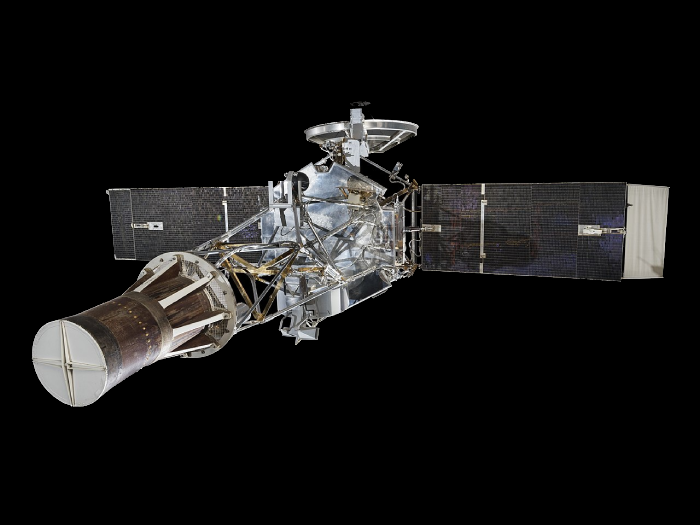
Country: United States
Launched: August 27, 1962
Involved Figures: Jack N. James, William H. Pickering
Cost: Estimated $83 million (adjusted for inflation)
Mission Status: CompletedMariner 2 was the first spacecraft to conduct a successful flyby of another planet, Venus. Launched by NASA, the mission gathered valuable data on Venus’ atmosphere, temperature, and magnetic fields.
The spacecraft weighed about 202 kg (446 lbs) and carried scientific instruments to measure solar wind, cosmic dust, and charged particles. Mariner 2 confirmed that Venus has an extremely hot surface temperature, with an average of about 464°C (867°F).
Mariner 2’s success marked a significant milestone in planetary exploration. It demonstrated that interplanetary missions were feasible and laid the groundwork for future missions to other planets in our solar system.
- 4
Vostok 1 (1961)
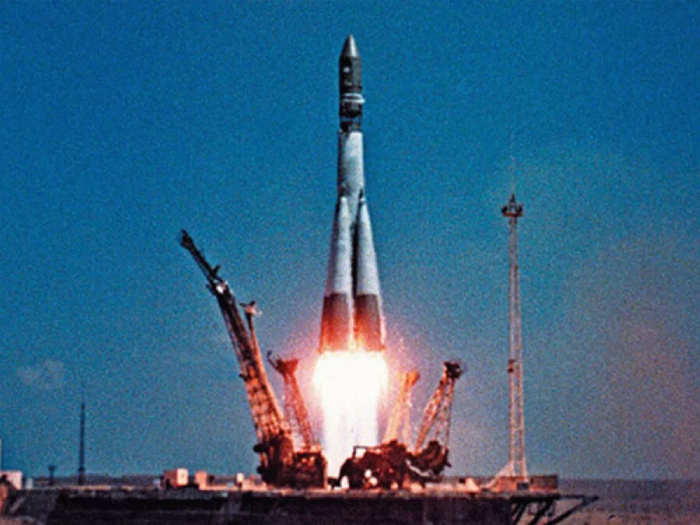
Country: Soviet Union
Launched: April 12, 1961
Involved Figures: Yuri Gagarin (Cosmonaut), Sergei Korolev
Cost: Estimated $150 million (adjusted for inflation)
Mission Status: CompletedVostok 1 is one of the most historic space missions, as it carried the first human, Yuri Gagarin, into space. Launched by the Soviet Union, the mission made Gagarin the first human to orbit Earth.
The spacecraft, weighing about 4.7 metric tons, was equipped with life support systems, communication devices, and a re-entry module. Gagarin’s flight lasted 108 minutes, during which he completed one orbit of Earth before safely returning.
The success of Vostok 1 was a monumental achievement that demonstrated human capability to explore space. It also intensified the space race and inspired numerous future missions.
- 3
Luna 2 (1959)
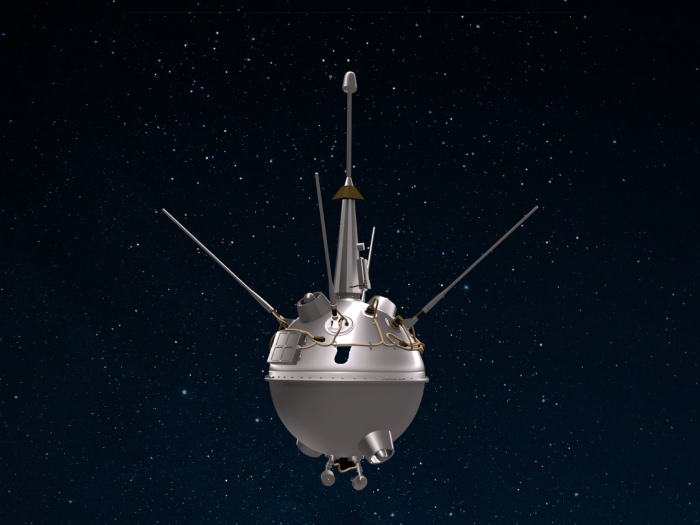
Country: Soviet Union
Launched: September 12, 1959
Involved Figures: Sergei Korolev, Mikhail Tikhonravov
Cost: Unknown
Mission Status: Completed (impacted the Moon on September 14, 1959)Luna 2 was the first human-made object to reach the Moon. Launched by the Soviet Union, it marked a significant milestone in space exploration. The mission demonstrated the USSR’s ability to send spacecraft beyond Earth’s orbit and achieve interplanetary objectives.
The spacecraft was equipped with scientific instruments to study cosmic rays, solar wind, and magnetic fields. Luna 2 impacted the Moon’s surface on September 14, 1959, becoming the first human-made object to reach another celestial body.
This mission paved the way for future lunar explorations and solidified the Soviet Union’s position as a leader in space exploration during the early years of the space race.
- 2
Explorer 1 (1958)
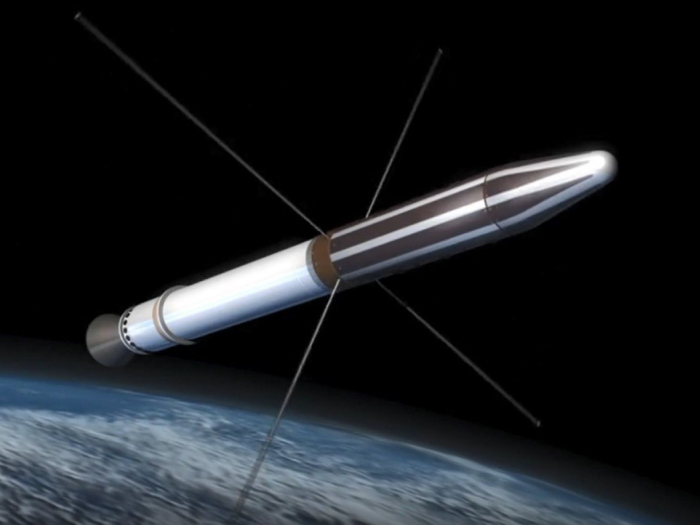
Country: United States
Launched: January 31, 1958
Involved Figures: James Van Allen, William Pickering, Wernher von Braun
Cost: Estimated $30 million (adjusted for inflation)
Mission Status: Completed (de-orbited on March 31, 1970)Explorer 1 was the United States’ first successful satellite, launched in response to Sputnik 1. The satellite carried scientific instruments to study cosmic rays and micrometeorites in the Earth’s orbit.
One of the key discoveries made by Explorer 1 was the detection of the Van Allen radiation belts. These belts, named after physicist James Van Allen, are zones of charged particles trapped by Earth’s magnetic field. The data from Explorer 1 significantly advanced our understanding of the space environment.
Explorer 1 was designed and built by the Jet Propulsion Laboratory (JPL) and launched using the Juno I rocket. It weighed about 14 kg (31 lbs) and was equipped with sensors to measure temperature, cosmic rays, and micrometeorites.
The success of Explorer 1 was a turning point in the space race, boosting American morale and scientific achievement. The spacecraft remained in orbit until 1970, when it re-entered Earth’s atmosphere and burned up.
- 1
Sputnik 1 (1957)
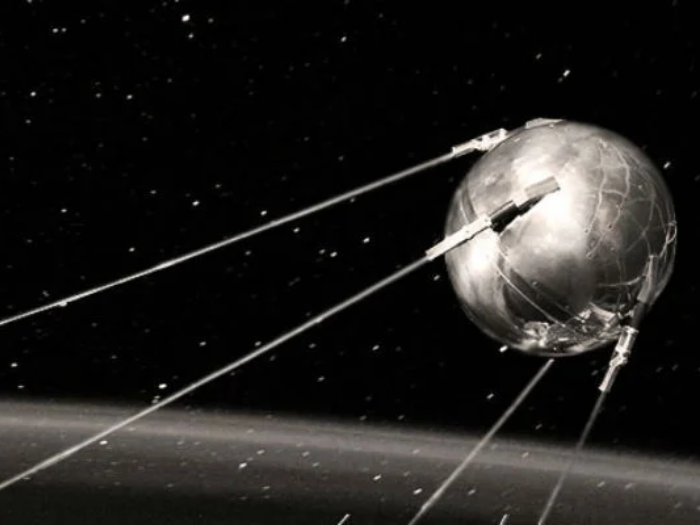
Country: Soviet Union
Launched: October 4, 1957
Involved Figures: Sergei Korolev (Chief Designer), Mikhail Tikhonravov
Cost: Estimated $33 million (adjusted for inflation)
Mission Status: Completed (re-entered Earth’s atmosphere on January 4, 1958)Sputnik 1 holds the distinction of being the world’s first artificial satellite. Developed by the Soviet Union during the height of the Cold War, it marked the beginning of the Space Age and intensified the space race between the USSR and the United States.
Weighing approximately 83.6 kg (184 lbs), Sputnik 1 was a simple, polished metal sphere equipped with four long antennas that emitted radio pulses. These signals were detected by ground stations, confirming the satellite’s successful orbit.
The launch of Sputnik 1 had significant geopolitical implications. It demonstrated the USSR’s technological capabilities, causing alarm in the United States and leading to the establishment of NASA. The satellite itself orbited Earth every 96.2 minutes and provided valuable data on the density of the upper atmosphere and radio signal transmission.
Sputnik 1 re-entered Earth’s atmosphere in January 1958, burning up upon re-entry. Despite its brief operational period, it remains one of the most iconic spacecrafts in history.
Conclusion
These five pioneering spacecrafts revolutionized our understanding of space and paved the way for modern space exploration. Their successes and discoveries continue to inspire scientists, engineers, and space enthusiasts around the world.










